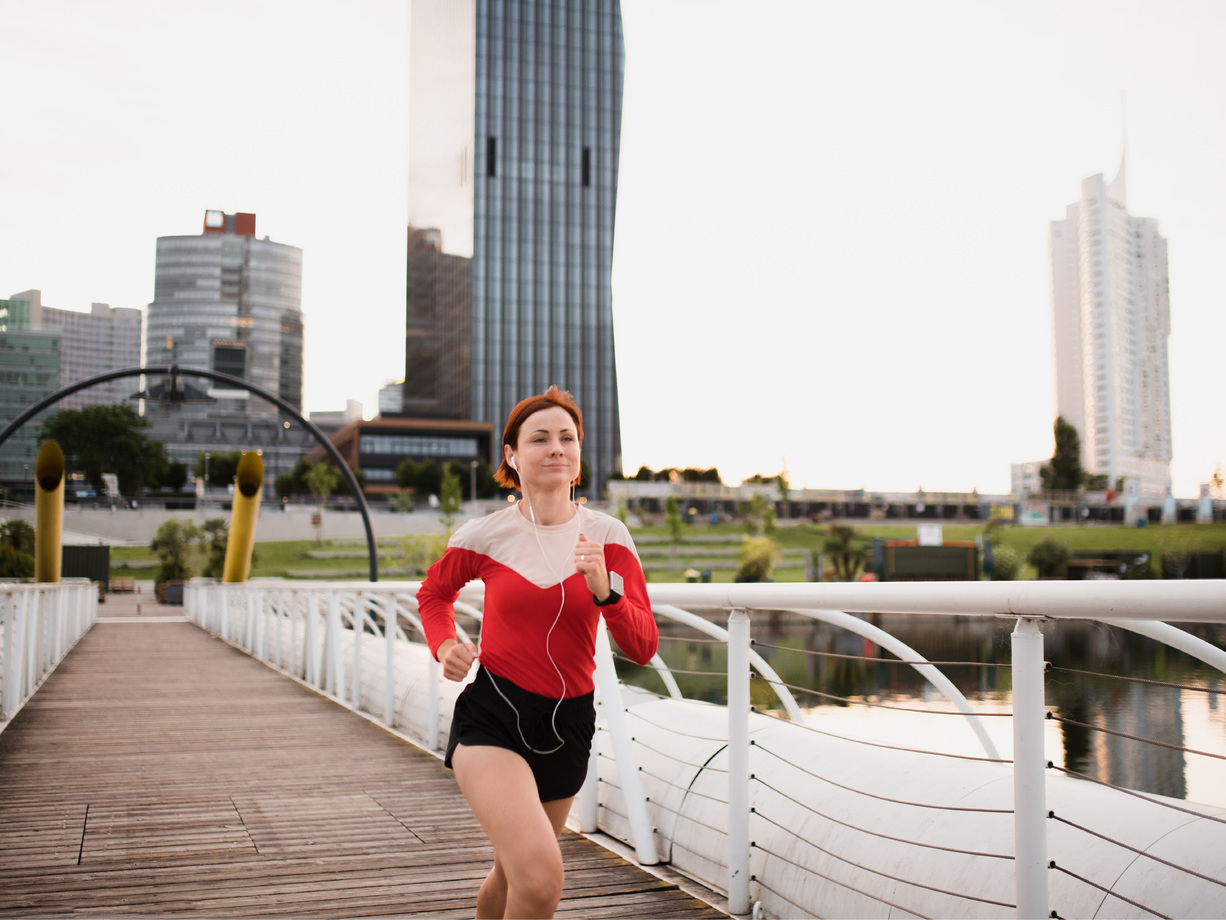3 Common Running Injuries And Treatments
Part 1
Running is one of the most popular sports worldwide and 60 million people participated in running in 2017. Running is a great way to exercise, but can also be a source of injuries. About 65% of runners experience some type of injury every year. Runners typically experience injuries of the knee, ankle, and foot. Three of the most common running injuries are shin splints, runners knee, and plantar fasciitis.
Shin splints - also called 'medial tibial stress syndrome' - is soreness or pain in the inner edge of the shinbone (tibia). It is caused by stress on your shinbone and the connective tissue that attaches muscles to your bones, and is often the result of a sudden change in physical activity. At first, the pain may stop when you stop exercising, but over time the pain can become continuous. Shin splints typically occur if you are just beginning a running program, or if you suddenly increase the duration, frequency or intensity of exercise, such as running longer distance or on hills. Shin splints can be prevented by slowly increasing your miles over time, running on even surfaces, wearing proper running shoes or good supportive inserts, and stretching before runs.
Runner’s knee, or patellofemoral pain syndrome, is pain under or behind the knee cap (patella). It is often associated with rubbing, grinding, or a clicking sound of the kneecap when you bend your knee. Runner’s knee is caused by vigorous physical activities that put repeated stress on the knee such as jogging, squatting, and climbing stairs. It can also be caused by a sudden change in physical activity such as a change in the frequency or intensity of activity such as running more often or running a longer distance.
Runner’s knee can be prevented by: stretching before running, strengthening the quadriceps (thigh) muscle, wearing proper running shoes or good supportive inserts, running on even surfaces, and gradually increasing mileage, frequency, and intensity of your runs. Runner’s knee will typically improve with rest, icing, stretching, a compressive knee brace, and taking non-steroidal anti-inflammatories (NSAIDS). Physical therapy can also be prescribed to work on stretching and strengthening of tight or weak muscles in your hip and leg that may be contributing to your knee pain.
Shin splints are treated conservatively with rest, icing your shins for 20-30 mins 3-4 times a day, stretching, compression such as an ACE wrap, and taking non-steroidal anti-inflammatories (NSAIDS) such as ibuprofen, naproxen, or aspirin to help with pain and inflammation.
Written by Erica Hensley, PA-C | Lawrenceburg, TN
Share
